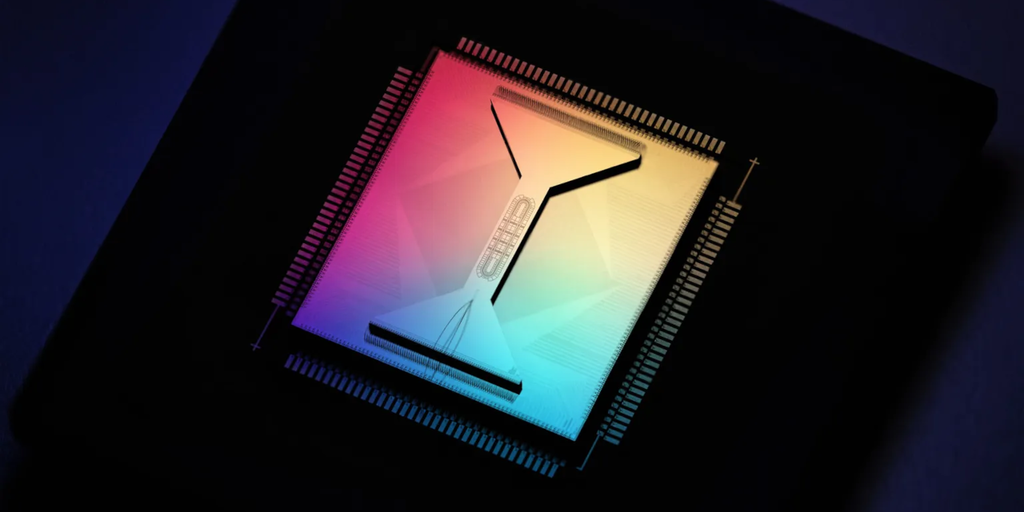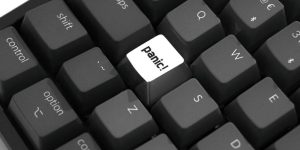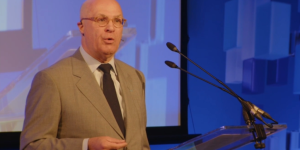Quantum Leap: Researchers Achieve Major Milestone for Reliable Quantum Computers
1 year ago CryptoExpert
In a breakthrough for the futuristic field of quantum computing, researchers have implemented a basic arithmetic operation in a fault-tolerant manner on an actual quantum processor for the first time. In other words, they found a way to bring us closer to more reliable, powerful quantum computers less prone to errors or inaccuracies.
Quantum computers harness the bizarre properties of quantum physics to rapidly solve problems believed to be impossible for classical computers. By encoding information in quantum bits or “qubits,” they can perform computations in parallel, rather than sequentially as with normal bits.
However, qubits are extremely fragile and prone to errors. This has hindered development of practical quantum computers. Fault tolerance is the holy grail for realizing the full potential of quantum computers. It allows quantum computers to function reliably by detecting and correcting errors, even when qubits are affected by various factors (called “noise”).
The behavior of particles in the quantum realm differs from what we observe in our macroscopic, classical world. In the quantum domain, we can’t precisely predict where subatomic particles will be. Instead, we determine the probability of their positions, and even the simple act of observing these particles can change their state. This inherent uncertainty and sensitivity to observation make noise a significant challenge in quantum computing.
Now, scientists from Quantinuum, research institute QuTech, and the University of Stuttgart have achieved a crucial milestone along the path to fault-tolerant quantum computing. Using Quantinuum’s H1 quantum processor, they implemented quantum error correction to perform a fault-tolerant one-bit addition—a basic arithmetic operation.
The researchers took advantage of Quantinuum’s ion trap technology, where qubits are suspended in electromagnetic fields, making them stable and long-lasting. As explained in the project’s research paper, they used a quantum error correcting code called the [[8,3,2]] color code to encode a single logical qubit in 8 physical qubits. This provided redundancy to detect and correct errors.
Think of it like having eight workers doing the same task: if a few of them make mistakes, the overall result can still be correct because of the others who did it right. If only one worker was doing the task and made a mistake, then you’re out of luck.
Remarkably, the fault-tolerant circuit achieved an error rate of just 0.11%, approximately 9 times lower than the unprotected circuit’s error rate of 0.95%. This is the first time such low error rates have been attained for fault-tolerant quantum logic operations.
The implications of these advancements are profound. Fault-tolerant quantum computing methods could pave the way for practical solutions in domains like molecular simulation, AI, optimization, and cybersecurity.
Moreover, the discovery of an unusual superconducting state in uranium ditelluride (UTe2) has shown potential in making quantum computers even more powerful. As reported by Decrypt, this material could enable qubits to maintain their state indefinitely during computations, heralding the advent of more stable and practical quantum computers.
Quantinuum’s H1 quantum computer is available commercially to customers and has potential applications in specialized research fields like biology research, artificial intelligence, simulations, and cybersecurity.















